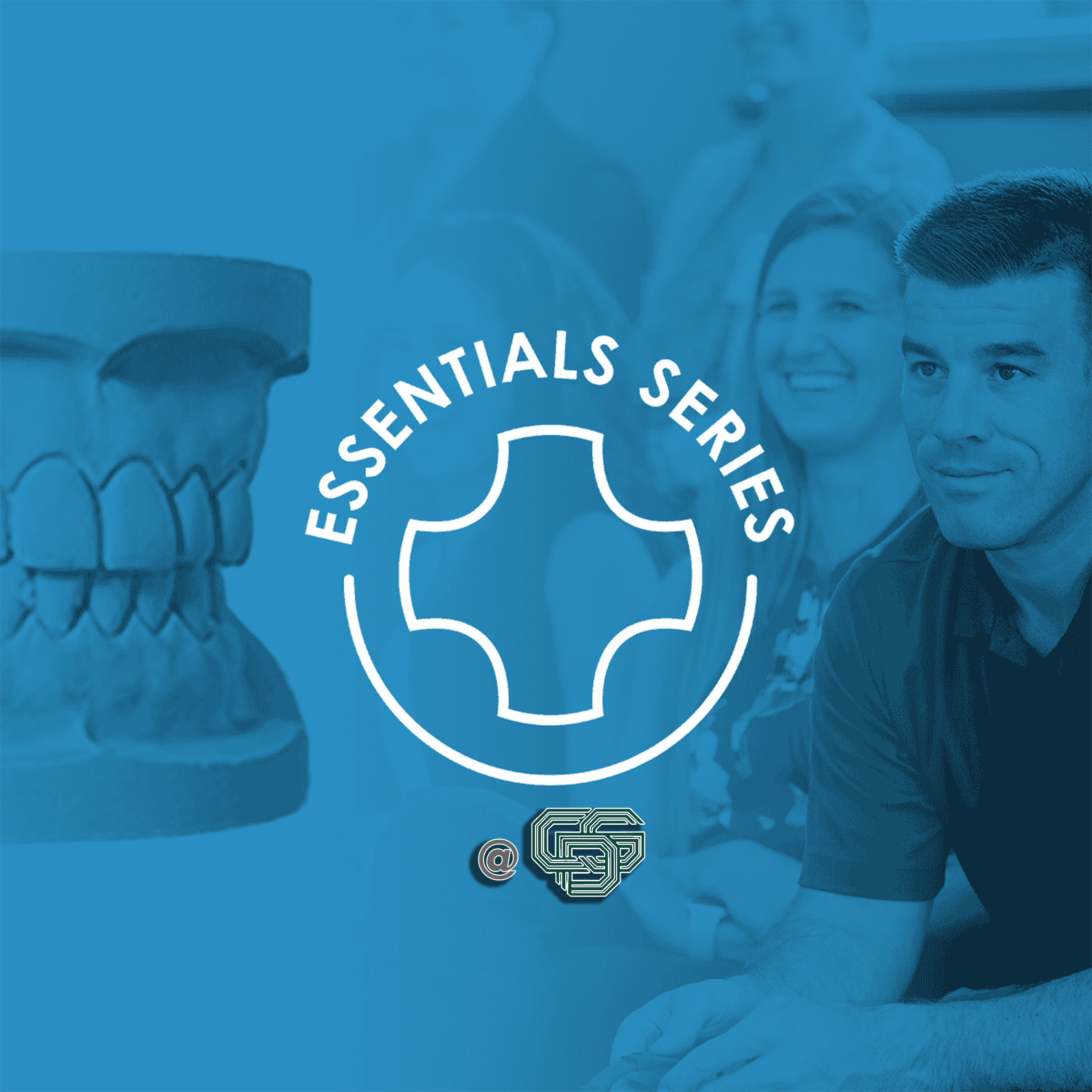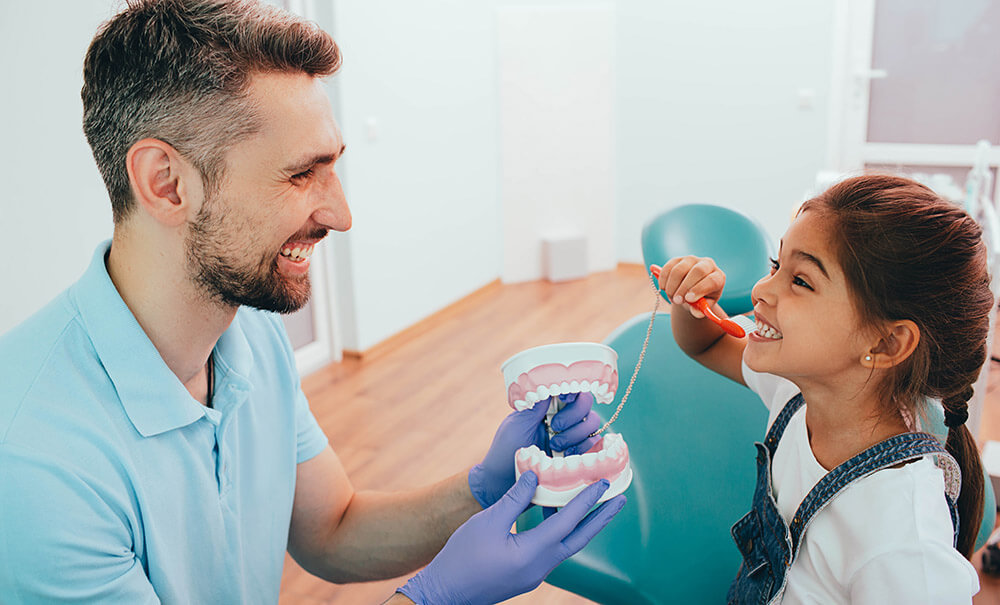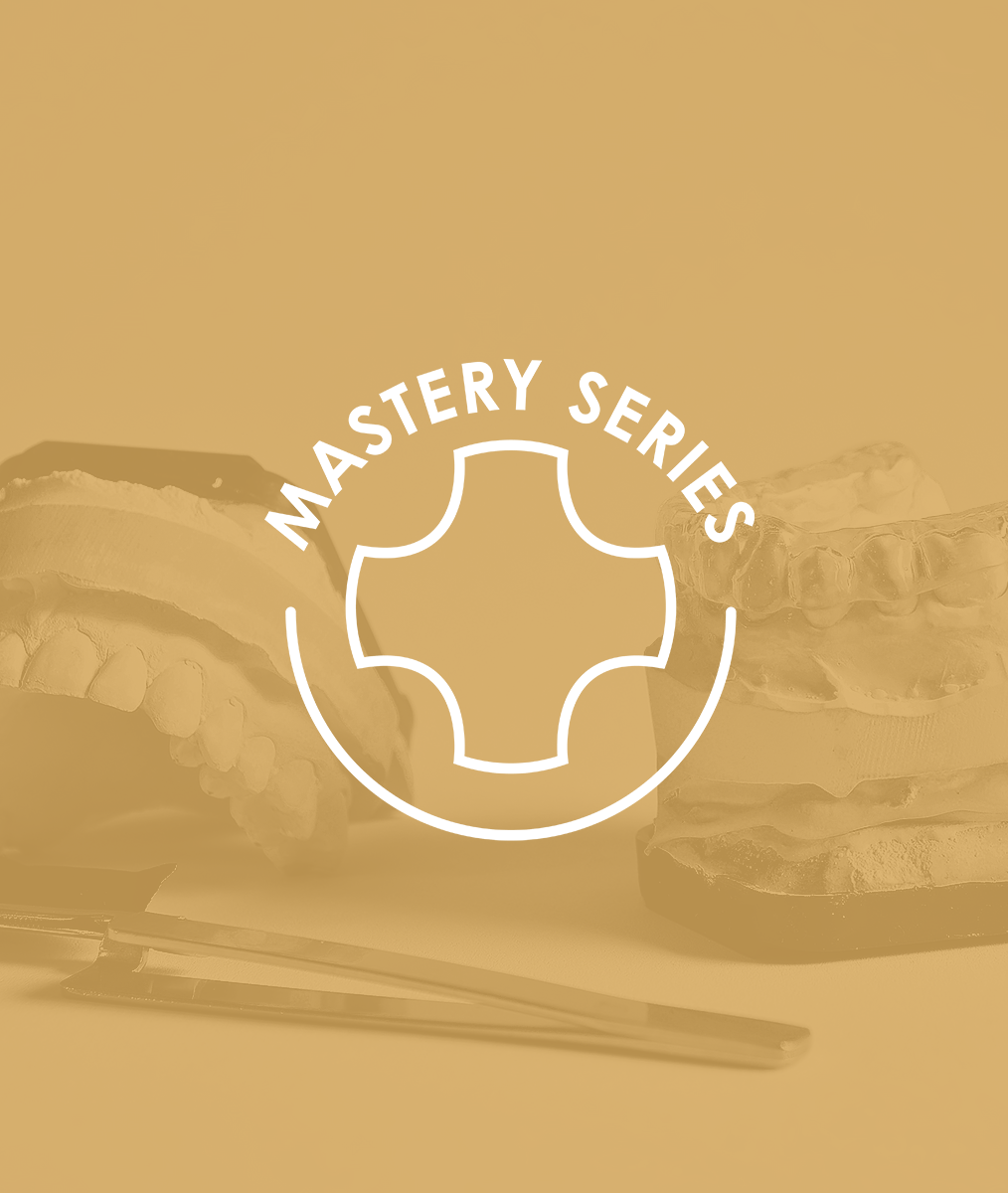The Four Universal Promises of Leadership – Part 3
In previous parts of this series we looked at leadership, the self-commitment it requires, and the first of four universal promises of leadership. The first was the promise to set a clear direction and create meaningful work for the organization you lead.
The Second Universal Promise
You will engage all stakeholders and hold them accountable for performance.
Engaging your team members is about the connection with each of them individually and also as a team. Getting to know and understand each person requires intelligent and thoughtful communication. This communication includes asking insightful questions, listening with all of your senses to the language used and the emotions expressed and experienced. This will expand your understanding and communicate significance to each individual in a very powerful way.
You have heard this expression: ”Getting the right people in the right seats on the bus.” One of the most important functions of a leader is to evaluate the gifts and talents of each person so that you can put them to work in the best position on the team. Facilitating each individual’s understanding of how their work contributes to reaching our destination provides motivation, clarity, meaning, and accountability. ”Coaching as a Leadership Style” focuses much of our work as a leader on the development of the gifts and talents of the individuals in our organization. When this happens, we have really begun to bring out their inherent potential…the gifts, talents, discretionary energy, and passion of the individuals we lead.
From Ordinary to Extraordinary
Ray McElroy speaks on the topic of “To Boldly Go – Stepping Out of the Ordinary to the Extraordinary.” Ray’s background includes spending six seasons in the NFL with the Indianapolis Colts, Detroit Lions, and the Chicago Bears. A native of Chicago and a graduate of Eastern Illinois University, Ray also served as Team Chaplain for the Chicago Bears Organization from 2008-2013.
McElroy says, “Ordinary people with average talent can accomplish extraordinary things.” He urges us to “see where you want to be and work on getting there.” He asks us to ponder these questions:
- What do you know that nobody else knows?
- What do you see that nobody else sees?
- What can you do that nobody else can do or will do?
- We need a team around us in the valley … Who’s your crew?
I ask you to ponder these questions:
- Who on the team knows things no one else knows?
- Who on the team sees things no one else sees?
- Who can and will do something no one else can and will do?
- How can you best position team members to contribute their best?
- What do you need to do to better lead your crew?
From Compliance to Commitment
When the organizational culture supports people in such a way that they thrive, strive to contribute, and are valued for their contributions, there is a shift from compliance to commitment to the cause, resulting in dramatic increases in individual and organizational performance. It is a 1 + 1 = 3 phenomenon.
From Values to Accountability
Our deeply held values become our standard of accountability, both individually and collectively. In Part 2 of this series, I provided the example of performing an After Action Review (AAR) in a morning huddle. When we debrief on previous behavior as a team, everyone is invited to reflect on whether we could have performed better to support our foundational values. One of the foundational values of how we work as a team in my practice is to encourage team members to discern and discuss failures to support our agreed upon values. Anyone is welcome to point out violations. We then look at behavior that violated our values and discuss what would have been better behavior. It provides clarity for everyone.
A primary goal of leadership is helping each individual and the team, as a whole, become clear on the essential vision, mission and values of the organization. If we confuse, we lose. Clarity wins and is a primary driver of performance.
Until next week and Part 4
Related Course
E3: Restorative Integration of Form & Function
DATE: April 12 2026 @ 8:00 am - April 16 2026 @ 2:30 pmLocation: The Pankey Institute
CE HOURS: 41
Dentist Tuition: $ 7500
Single Occupancy with Ensuite Private Bath (per night): $ 355
Understanding that “form follows function” is critical for knowing how to blend what looks good with what predictably functions well. E3 is the phase of your Essentials journey in which…
Learn More>





















